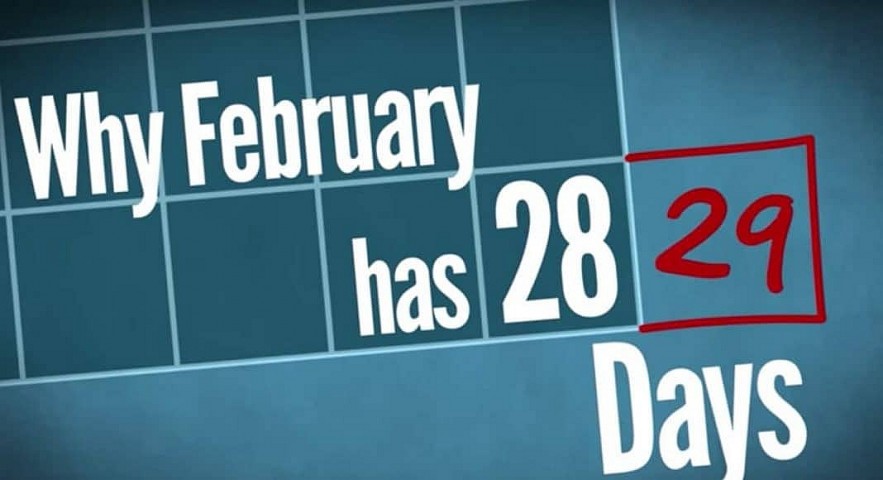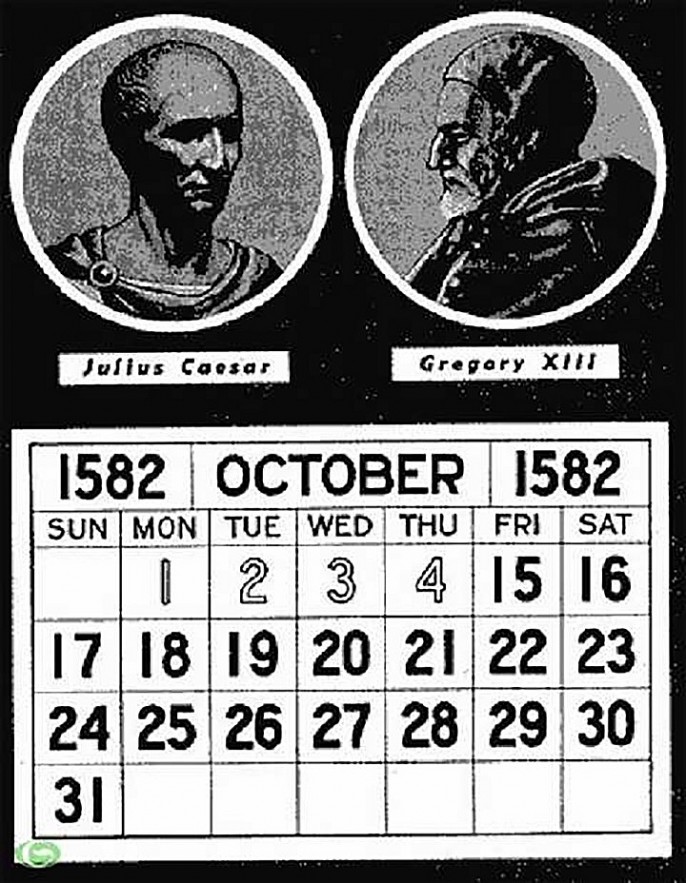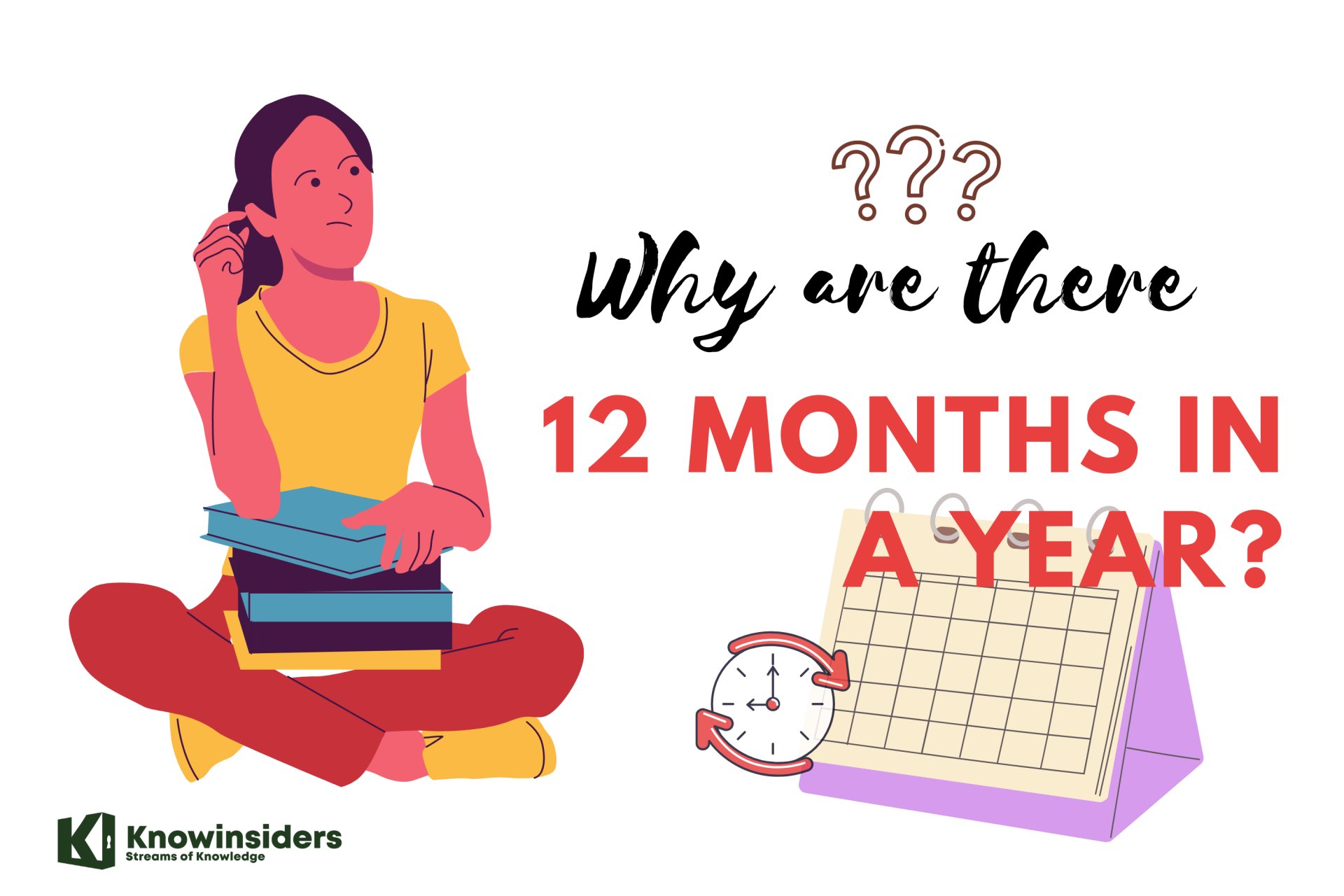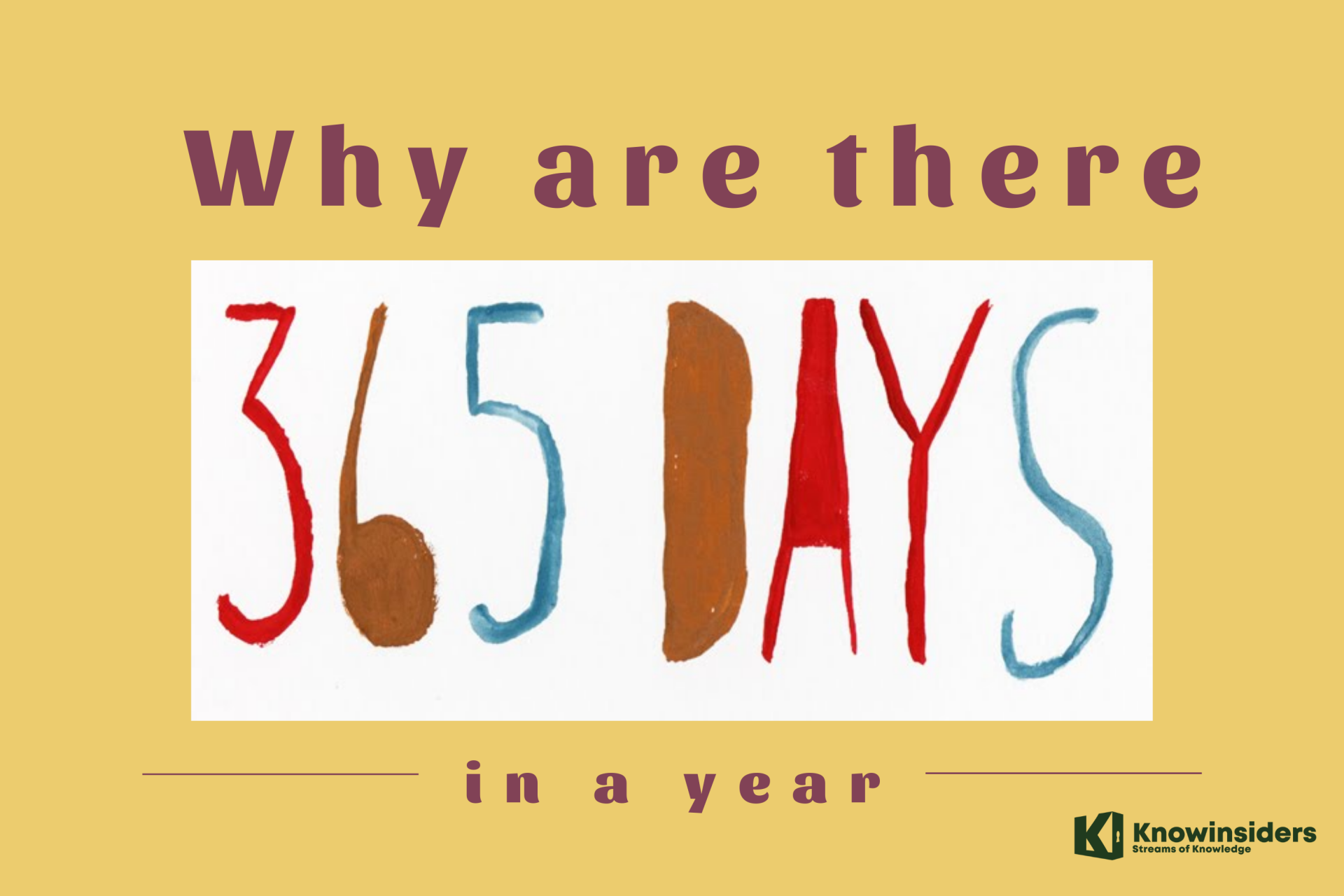Why Does February Have 28 or 29 Days by Roman Calendar
 |
| It is easy to see that just subtracting 2 days from 2 months with 31 certain days, making up for it, February will have 30 days and not be too different from other months. Even so, the current calendar still keeps February with only 28 days or 29 days. According to cosmological astrology experts, the reason for this is that the Western calendar today still retains the ancient Roman calendar. |
Gregorian Calendar
At the present time, most countries in the world are using the Gregorian calendar system as the official tool to divide the time in a year. It is known that the Gregorian calendar appeared in 1582, promulgated by Pope Gregorian XIII.
This calendar system divides a normal year into 365 days with 12 months. Each month of the year will have about 30-31 days, only February has only 28 days, every 4 years is added 1 day and forms a leap year.
Surely many people will wonder: "Why is February so special?". To find the answer to this question, we need to turn back the wheel of time to the past, back to the time when the ancestors of the solar calendar were born by the Romans.
Roman Calendar
The Roman calendar was originally issued by Romulus, the first emperor of Rome. The calendar issued by the Emperor was based on the cycle of the moon, which is similar to the lunar calendar of the Eastern people, but with only 10 months.
Accordingly, the 10 months of the Roman calendar start from March and end at the end of December (note that in the original Roman calendar as well as the translation into many languages around the world, each month has its own name). .
Thus, a year has only 10 months, that is, there is a period of 2 moon phases that is not included in the calendar. The reason is that Emperor Romulus thought that this was a winter time that meant nothing for farming, so there was no need for convention.
Around the 8th century BC, the emperor Numa Pompilius was the one who decided to add 2 more months to the calendar for the full 12 moon phases. Each of these months has 28 days, making the calendar last 12 full moon phases, for a total of 354 days.
However, King Pompilius thought that the number 28 was an unlucky number, so he decided to add 1 day to January to make 29 days, and February for some reason remained the same, only 28 days.
From here, the calendar set according to the cycle of the moon gradually revealed its weakness. It does not accurately reflect the cycle of weather changes of the seasons, because this cycle is associated with the movement of the earth around the sun.
For that reason, the Romans decided to add a leap month every two years, which lasted 27 days after February 23 (in those years February had only 23 days).
Why Are There Only 28 Days in February?
Julius César Calendar
| In 46 BC, Roman Marshal Julius César, when determining the solar calendar, specified that each year has 12 months, odd months are full months, with 31 days; Even month is the missing month with 30 days. February is an even month, which should have been 30 days. However, if calculated like that, a year is not 365 days but 366 days, so people are forced to find a way to reduce one day in each year. At that time, according to Roman custom, many prisoners were sentenced to death and had to serve their punishment in February, making people think that that month was unlucky. Therefore, it was decided to reduce a number of days in February with the aim of making this "unlucky month" pass faster. This calendar was later called the Julian calendar, after its creator. After King Augustus came to power, the calendar was changed. First, Augustus discovered that Julius Cesar was born in July - a full month, with 31 days, while Augustus was born in August - a short month, only 30 days. To show his authority, Augustus changed August to 31 days. This change causes September and November, which were originally full months, to become short months. Similarly, October and December were originally short months but changed to full months. In addition, the number of days in the year is also increased by one day. Finally, the unlucky February was cut by one more day, leaving only 28 days. Every 4 years, February only has 29 days because of the leap year rule. |
 |
| Julius César Calendar |
There are ancient documents that record that initially according to Caesar's calendar, February has 29 days and every 4 years it is added 1 day to 30 days. That is, there is no big difference with other months.
However, later when the months were renamed, the 29th day of February was moved to August because August (August) was named after Augustus (Founding Emperor of the Roman Empire), so that the month which has the same length as the month of July (July) named after Julius Caesar.
Epilogue
 |
| Why Does February Have 28 Days |
Later, people perfected the Roman calendar to produce the solar calendar we use today. The division of the months remains the same to respect history and it does not affect the use of human time.
The solar calendar we use today is the Roman calendar that has been further refined. The division of the months remains the same to respect history and that's why February has fewer days than other months.
Basically this is just a convention, does not affect the use of human time.
 Why are There 12 Months in a Year? Why are There 12 Months in a Year? We all know that there are seven days in a week and 12 months in a year. A quick glance at the calendar confirms these ... |
 Why are There 365 Days in a Year? Why are There 365 Days in a Year? Have you ever wondered why there are 365 days in a year instead of 364? Check out this article to find out the answer! |























